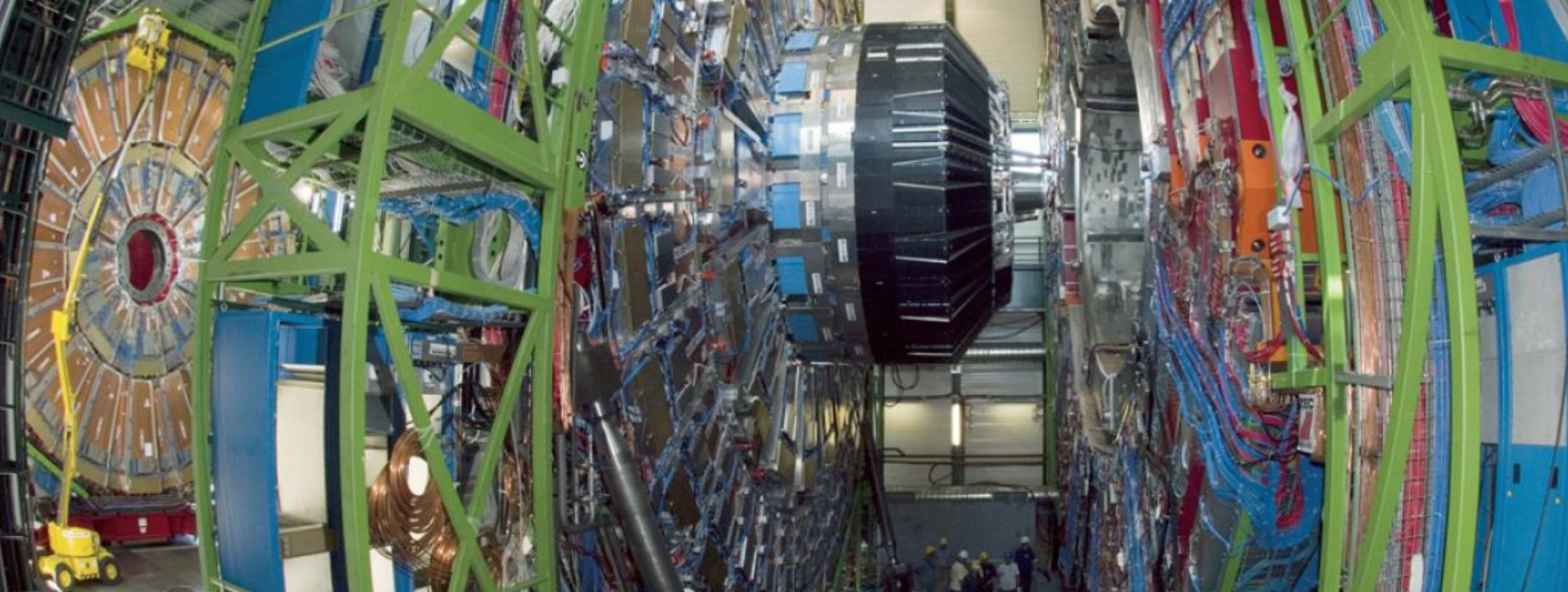Research areas
Overview

UCLA has built a strong and very active group in astrophysics. Comprising eight faculty members and more than forty researchers overall, the group is involved in experimental and theoretical research in the areas of dark matter, high-energy astrophysics (using gamma rays, cosmic rays and neutrinos), and cosmology. Our astroparticle physics group specializes in a number of interconnected areas of interest. Some areas of research: investigating the origin of the universe, connecting the world of elementary particles with cosmology and astrophysics, dark matter, the physics of neutrinos, gamma rays and cosmic backgrounds, high energy collider physics, and the structure of the universe.
UCLA has built a strong and very active group in astroparticle physics. Comprising nine faculty members and more than thirty researchers overall, the group is involved in experimental and theoretical research in the areas of dark matter, high-energy astrophysics (using gamma rays, cosmic rays and neutrinos), and cosmology.
The research carried out in astroparticle physics at UCLA is at the interface between, and is closely connected to, research in the areas of experimental elementary particle physics (EEP), theoretical elementary particle physics, astroparticle physics & phenomenology (TEPAPP), and astronomy and astrophysics.
In astroparticle theory, the group specializes in a number of interconnected areas of interest. Some areas of research include: investigating the origin of the universe, connecting the world of elementary particles with cosmology and astrophysics, dark matter, the physics of neutrinos, gamma rays and cosmic rays, and the structure of the universe.
UCLA astroparticle experimentalists are involved in the VERITAS, CTA and Fermi-LAT high energy gamma-ray observatories, the IceCube high-energy neutrino telescope, the Xenon dark matter experiment at Gran Sasso in Italy, the ANITA balloon experiment for ultrahigh energy cosmic neutrinos, the GAPS balloon experiment for cosmic ray antideuterons, and various missions studying the cosmic microwave background (CMB) and the 21cm radiation of hydrogen.
The research carried out in astroparticle physics at UCLA is at the interface between, and is closely connected to, research in the areas of experimental elementary particle physics (EEP), theoretical elementary particle physics (TEP), theoretical astroparticle physics & phenomenology (TEPAPP), and astronomy and astrophysics. Read more details at the Astroparticle Physics home page.
Faculty research
Katsushi Arisaka studies ultra-high-energy (UHE) cosmic rays, particle physics, and is involved in the search for dark matter via projects such as XENON, DarkSide, and XAX.
Rene Ong is carrying out research in astroparticle physics, a dynamic and growing field at the interface of physics and astronomy. His current work focuses on the astrophysics of the high-energy universe, as revealed by gamma rays, neutrinos, and cosmic rays, and on the quest to understand the nature of dark matter.
Vladimir Vassiliev researches in areas such as ground-based gamma-ray astronomy with VERITAS and Whipple, extragalactic background light, supersymmetric dark matter annihilation in the universe, and cosmic rays in extragalactic objects.
Ned Wright investigates infrared astronomy and cosmology using the Wide-field Infrared Survey Explorer (WISE). Professor Wright is also working on the Wilkinson Microwave Anisotropy Probe (WMAP), a mission to follow-up the COBE discovery of fluctuations in the early Universe.